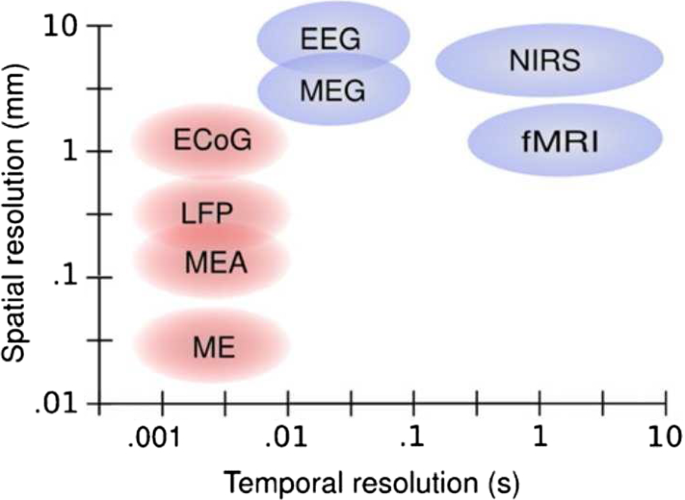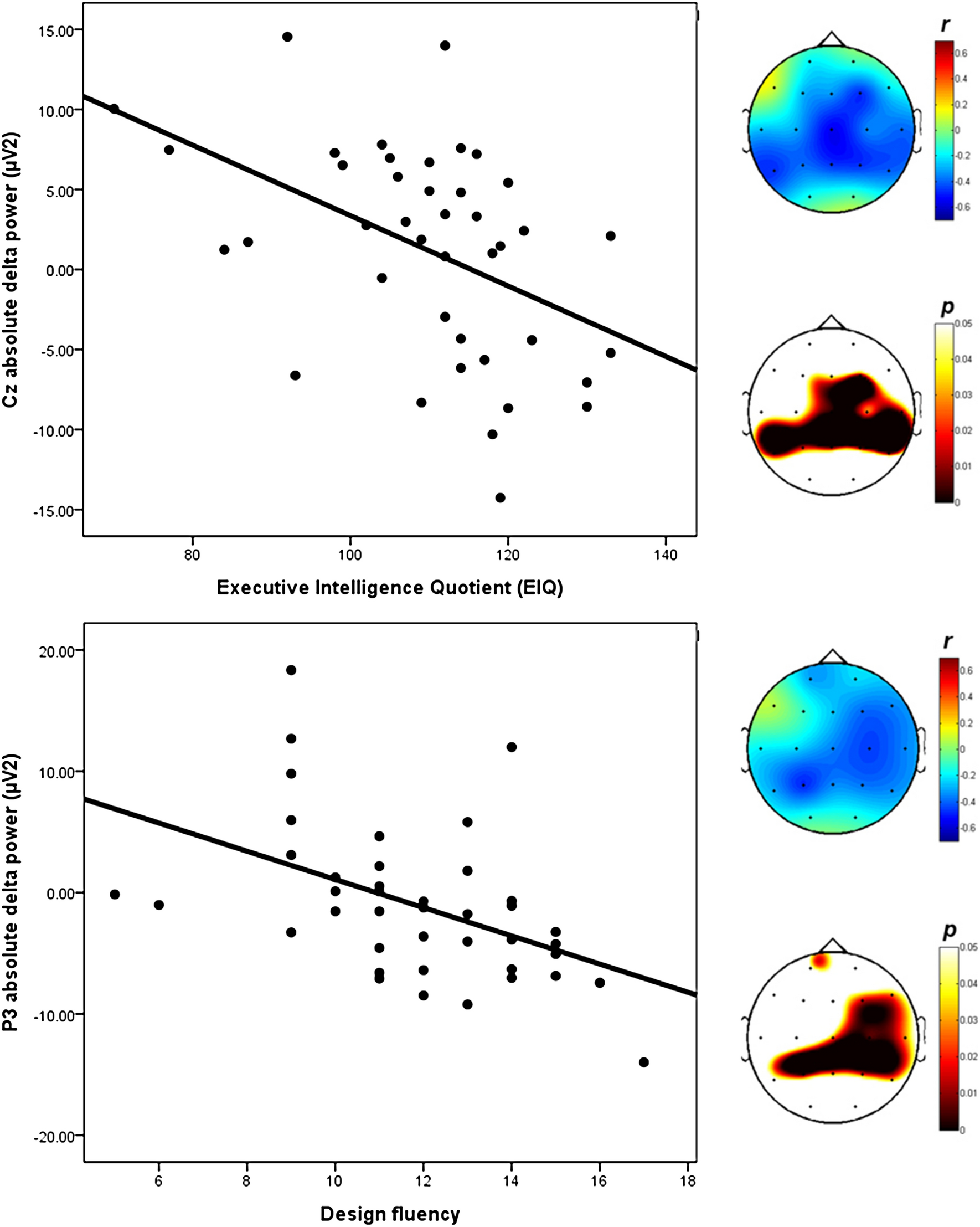


Because it is portable you can move around and carry on with your normal day-to-day routine while the recording happens. During the test, you wear a small machine on a belt around your waist. Ambulatory EEGĪn ambulatory EEG works in the same way as a normal EEG but is portable. In some cases you may be given a mild sedative to help you to sleep.

To help you sleep, you may be asked to stay awake some, or all, of the night before. This test is done in the same way as a normal EEG but you sleep during the test. Having a sleep-deprived EEG might help to get a more useful reading. Sleep-deprived EEGįor most people there is more chance of showing irregular brain activity when they are tired or when they are going to sleep. If you are worried about this you can talk to the technician. This involves looking at a light which will flash at different speeds. This is called photosensitive epilepsy and it affects around 3% of people with epilepsy.Īn EEG will usually include testing for photosensitive epilepsy. Some people with epilepsy have seizures that are started, or ‘triggered’, by flashing lights. The test may include deep breathing to see if epileptiform activity can be provoked and recorded. Some people can have epileptiform brain activity even when they do not appear to be having a seizure, so an EEG can be particularly useful for them.Įpileptiform activity can sometimes be provoked (brought on) by deep breathing. This change, known as epileptiform brain activity, can sometimes be seen on an EEG recording. When someone has an epileptic seizure their brain activity changes. The recording shows how the brain is working.Īn EEG gives information about the electrical activity of the brain during the time the test is happening. These signals are picked up by electrodes attached to the head and are recorded on a computer.


 0 kommentar(er)
0 kommentar(er)
